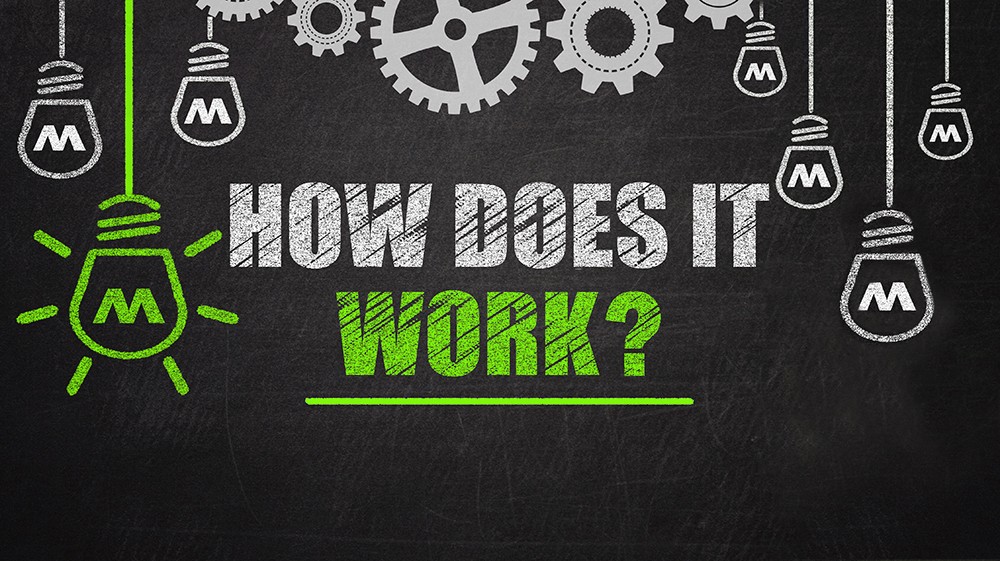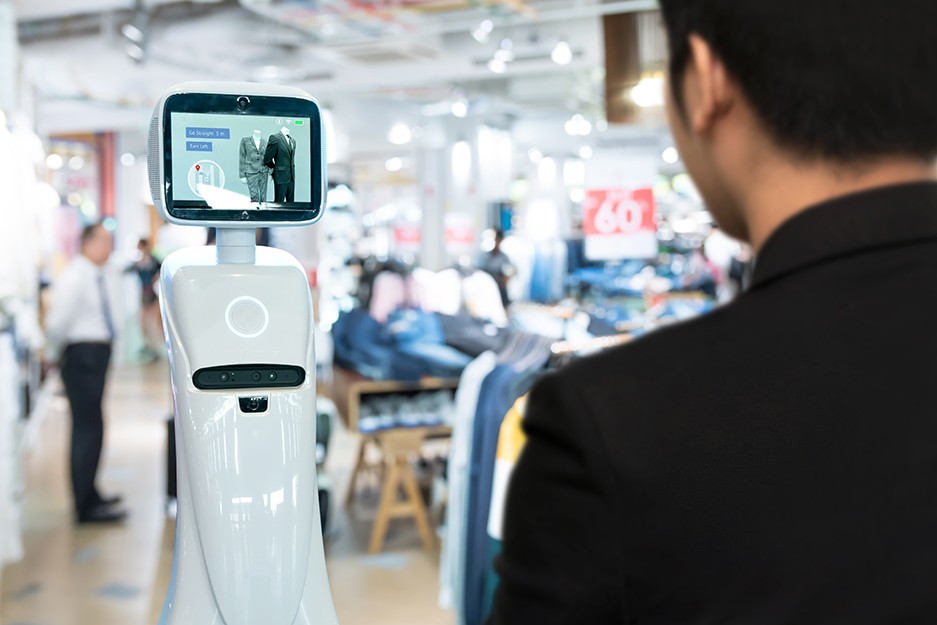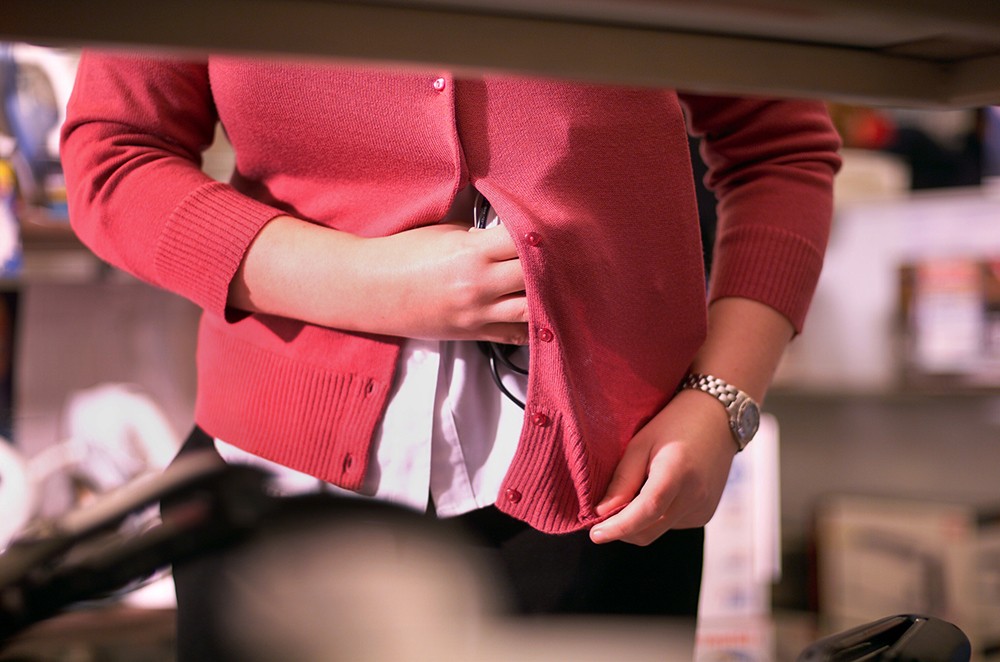When it comes to combatting shoplifting, security tags and labels remain one of the most effective strategies employed by retailers across the globe.
Also known as electronic article surveillance (EAS), it’s a loss prevention method used by 73 per cent of retailers worldwide, and 69 per cent of retailers in the US, according to the most recent Global Retail Theft Barometer. Used effectively, EAS can reduce shoplifting by an estimated 60-80 per cent.
So how exactly does it work, and what do you need to know?
Electronic article surveillance elements
EAS comprises a series of essential elements that all work together to monitor and protect stock within a store.
Antenna
Antenna are usually housed within the entrance to a store. Most often they are a single pedestal-style antenna or a set of two or three antennas found just inside the doorway. They can also be concealed within the doorframe, under the floor at the entry, or even overhead.
These detection antennas send out a signal, and security tags or labels attached to products and merchandise within a store answer back. When an item with an active tag or label passes by or between these antennas, an alarm sounds, indicating an item is leaving the store.
Two systems
There are two widely used types of EAS systems available – Radio Frequency (RF) and Acousto Magnetic (AM). The key difference between them is the frequency at which they operate, which is measured in Hertz.
AM (Acousto Magnetic) systems operate at 58 KHz, which means a signal is sent out in pulses or bursts between 50 and 90 times a second while (RF) Radio Frequency operates in a sweep at 8.2 MHz.
Security Tags
Commonly used to protect items like clothing, accessories, liquor and even eyewear, security tags comprise a hard, external casing with a transmitter housed inside. This transmitter is in constant communication with the antenna guarding the entrance to the store.
Security tags are available to suit either RF or AM security systems.
In the case of clothing and soft items, the security tag is affixed to an item using a pin, which passes through the fabric of the product. This pin then locks into the security tag.
There are two common types of locking mechanisms used within security tags – mechanical locks and magnetic locks.
In the case of magnetic locks there are different strengths available, ranging from standard to SuperLock, HyperLock and Multipolar. The higher the magnetic strength, the more difficult the tag is to illicitly remove, with SuperLock being the minimum magnetic strength recommended.
Meanwhile, the security pin should have a large enough head to ensure it cannot be forced through the fabric of the item it is affixed to, and there are a range of pinhead sizes available.
Security tags are also available in a variety of shapes, which also have a bearing on how hard it is to illicitly remove a tag.
These shapes include round, square and pencil shaped tags. Round tags (or clamshell-style tags) with a pinhead that corresponds to the size of the tag are considered one of the most difficult tags for shoplifters to remove. They are more difficult to force open because there is little surface area to get a purchase on, and the pinhead cannot be forced through the product without making a significant cut or tear.
Meanwhile, hard tags can also be affixed to items like handbags and shoes using a steel enforced lanyard, and bottles and eyewear can be secured using purpose-designed hard tags that clip on to the product.
Security tag removal
Security tags require removal when a product is sold. This simple process occurs using a detacher device which is mounted or installed in the counter at the Point of Sale. Either a mechanical device or a high-powered magnet, the detacher releases the security tag’s locking mechanism and allows the tag to be removed. Tags can then be re-used on other products.
Security labels
Suited to high-volume, low value merchandise like books, CDs, hardware, non-perishable groceries and pharmaceuticals, security labels are also available for both RF and AM systems and come in a range of shapes and sizes.
They work in the same way as hard tags in that they are in constant communication with a store’s EAS antenna, causing an alarm to sound if they pass the antenna without being deactivated. However, labels can be quickly adhered to products and are flat or feature a very low profile.
The benefit of adhesive security labels is that they offer affordability and disposability. They are simple to apply and quick to deactivate.
Security label deactivation
Security labels are usually deactivated by a deactivator that is situated at the point of sale or integrated into the scanner. This deactivator works by breaking a circuit within a label so they no longer emit a signal and can pass near an antenna without causing an alarm to sound. Labels cannot be re-used.
If you’re looking to understand which security tags or labels are best suited to your retail outlet, further information is available here, or you can contact our friendly staff for expert advice.




